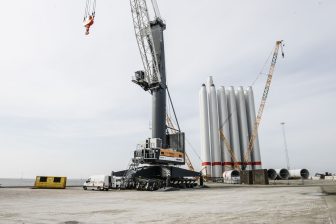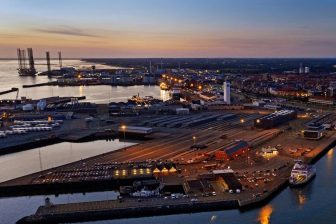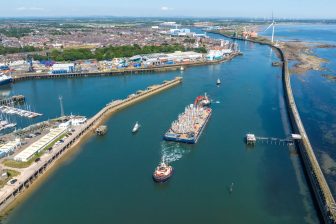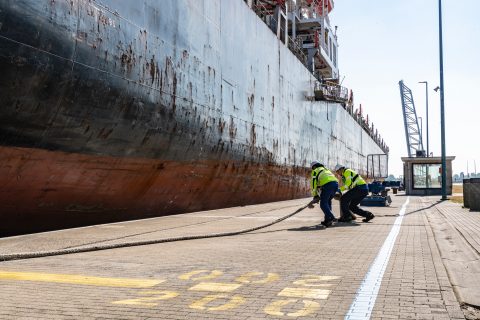
Unstable economy hurts Port of Antwerp-Bruges throughput
After nine months, the total throughput of Port of Antwerp-Bruges was 204.4 million tonnes, a drop of 6 per cent compared to the same period last year. The drop, looking at the percentage, was similar to that of the port of Rotterdam, with the reasons for the decline in throughput being the same.
The still unstable geopolitical and economic conditions are negatively impacting demand for container traffic around the world, while the picture is still mixed for other cargo flows. Thanks to the strong international position of the unified port, for which sustainable growth remains the priority, the market share of the container segment is growing compared to the other ports in the Hamburg – Le Havre range.
The Eurozone economy is under pressure from interest rates, which have risen sharply. Despite the drop in energy prices, the global economic situation also remains volatile and future indicators point to a continued economic downturn. As a result of this uncertain economic climate, containerised trade flows are falling around the world.
For Port of Antwerp-Bruges, this is reflected in a 6.5 per cent drop in container throughput in terms of tonnage, and 6.8 per cent in TEUs, compared to the same period in 2022. Despite the decline in container throughput, Port of Antwerp-Bruges’ market share in the Hamburg – Le Havre range nevertheless grew by 1 per cent point, to 30.6 per cent in the first half of this year.
Breakbulk in line with pre-covid period
Conventional breakbulk is holding up relatively well despite the weak economic climate, with throughput volumes in line with the pre-covid period. Compared to the same period in 2022, which was marked by a strong post-covid recovery, throughput is down 18.7 per cent, reaching 7.8 million tonnes. Due to a drop in European steel production and lower demand, the throughput of steel, the main commodity group within this segment, is down 17.6 per cent.
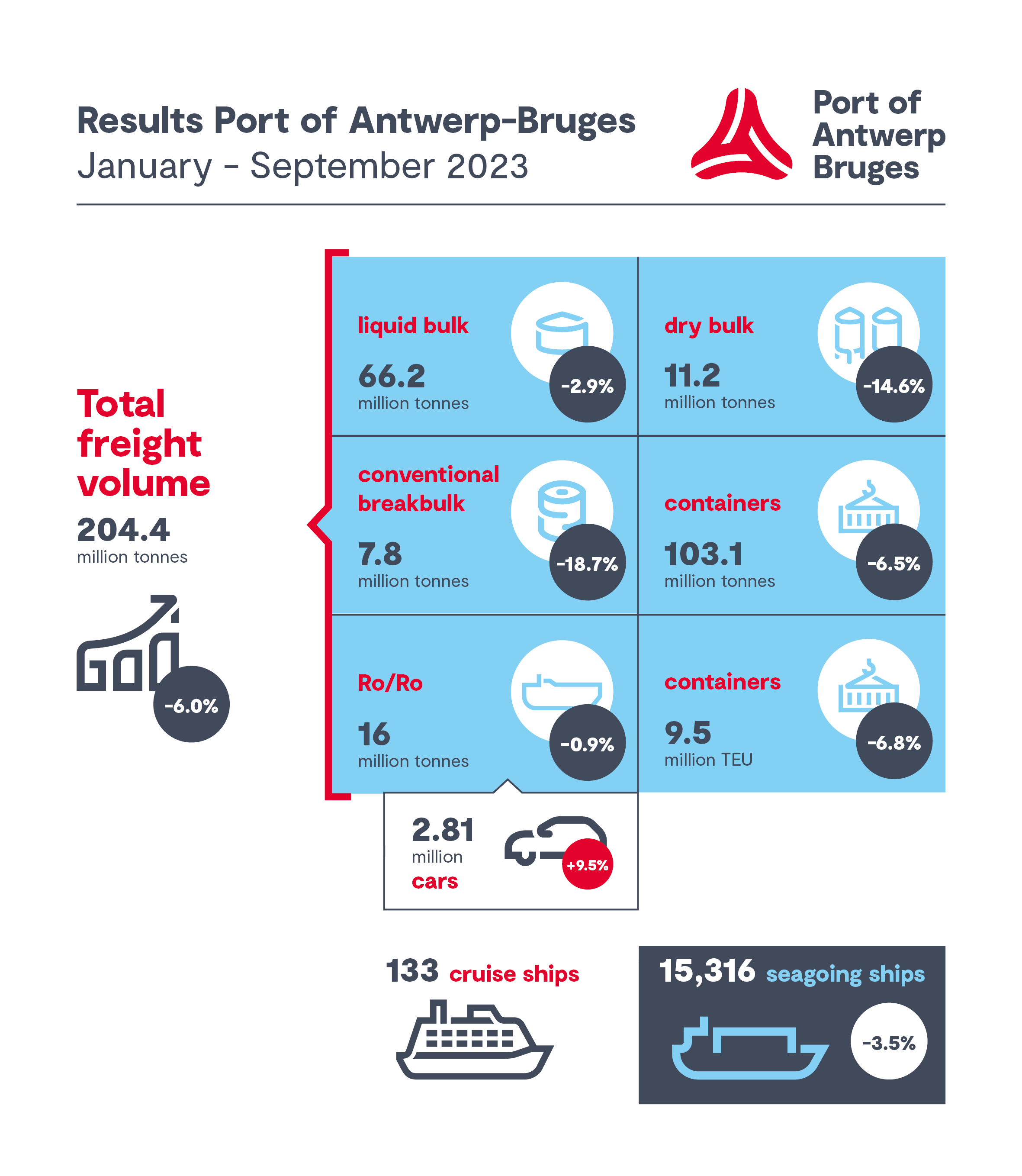
Roll-on/roll-off traffic remains unchanged (0.9 per cent). The throughput of transport equipment grew by 8.9 per cent thanks to growth in the throughput of new cars (+12.6 per cent) to 2.67 million units. In addition to transport equipment, 7 million tons of unaccompanied cargo (excluding containers) was shipped on RoRo vessels (-1.4 per cent). The portion of this cargo related to Ireland grew by 18.5 per cent, while traffic to and from the UK fell (-3.8 per cent).
In the first nine months, 15,316 seagoing vessels called at Port of Antwerp-Bruges, which is a decrease by 3.5 per cent. The total gross tonnage of these vessels grew by 4.4 per cent to 496.3 million GT.
On an annual basis, seagoing and inland vessels make over 300,000 movements in the port. These are ships arriving, departing, and moving within the port, or just passing through.
Read also: Port of Antwerp Bruges’ breakbulk throughput holding up
Jacques Vandermeiren, CEO Port of Antwerp-Bruges, said, “The continued economic and geopolitical concerns have been visible in the figures for several quarters now. The competitiveness of European industry is under pressure due to high energy, raw materials and labour costs combined with low global demand. The indicators do not yet show any improvement for the near future, and container throughput will still be impacted in the 4th quarter by cancelled voyages from the Far East. Despite the fact that our throughput is falling less than the average in the Hamburg-Le Havre range and we are gaining market share, we will have to face the fact that 2023 will not be a top year.”
You just read one of our premium articles free of charge
Register now to keep reading premium articles.


